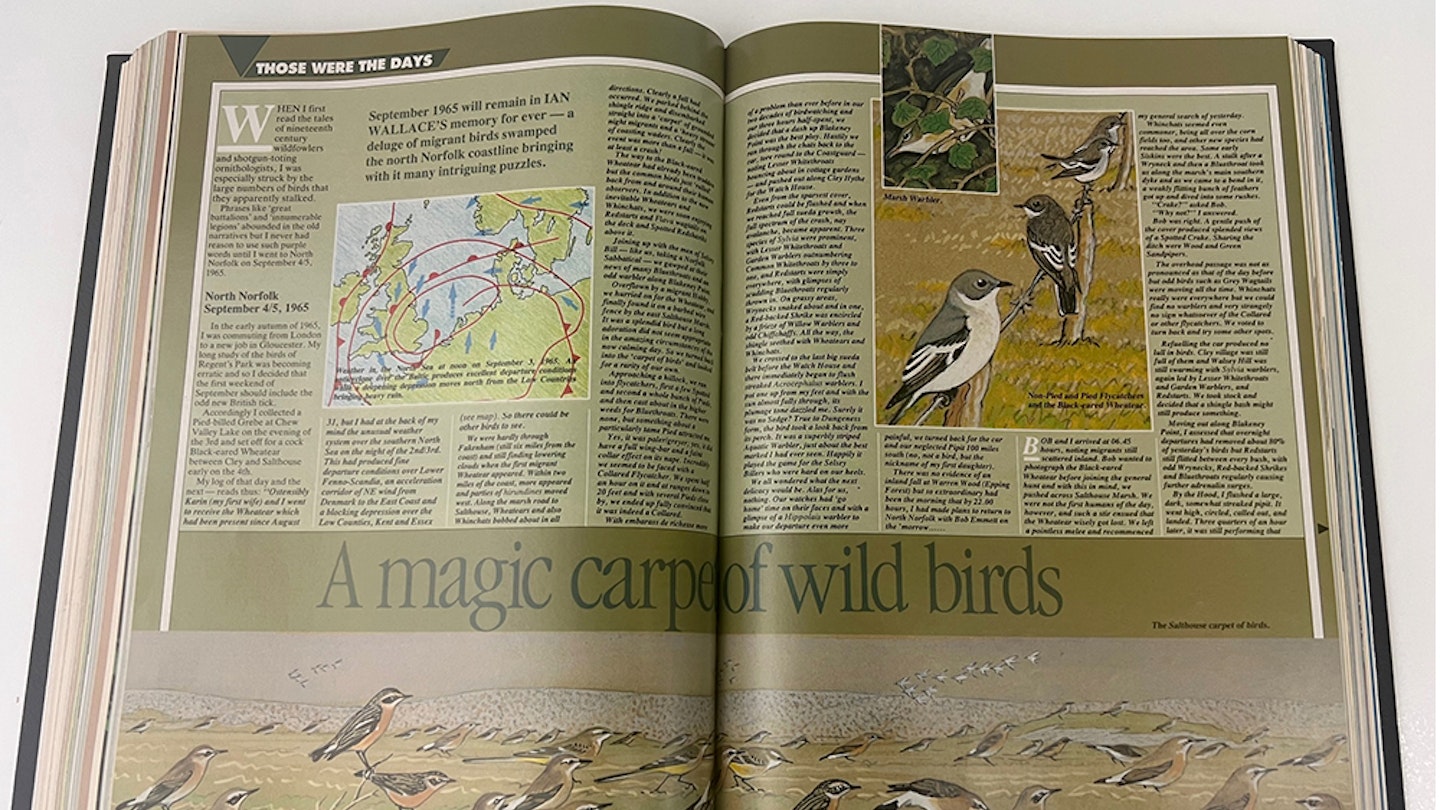A magic carpet of wild birds
September 1989
September 1965 will remain in IAN WALLACE'S memory for ever. A deluge of migrant birds swamped the north Norfolk coastline, bringing with it many intriguing puzzles.
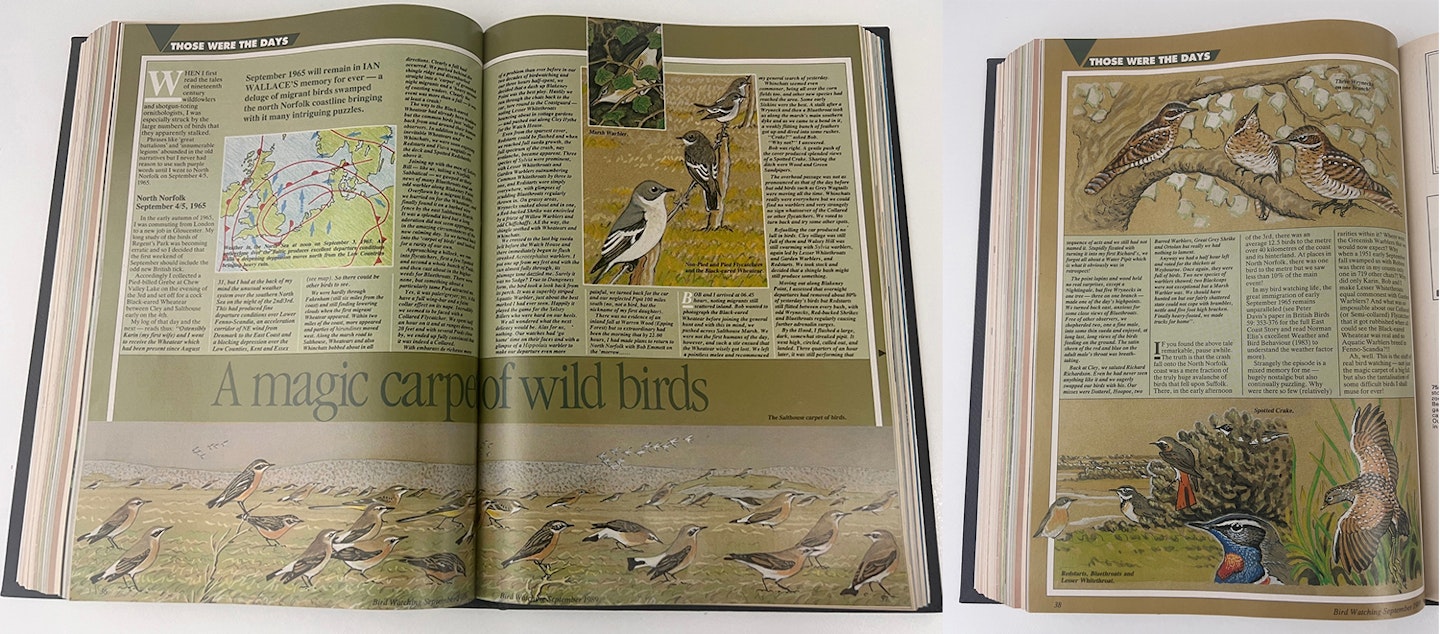
WHEN I first read the tales of 19th century wildfowlers and shotgun-toting ornithologists, I was especially struck by the large numbers of birds that they apparently stalked.
Phrases like “great battalions” and “innumerable legions” abounded in the old narratives, but I never had reason to use such purple words until I went to North Norfolk on September 4/5, 1965…
In the early autumn of 1965, I was commuting from London to a new job in Gloucester. My long study of the birds of Regent's Park was becoming erratic and so I decided that the first weekend of September should include the odd new British tick.
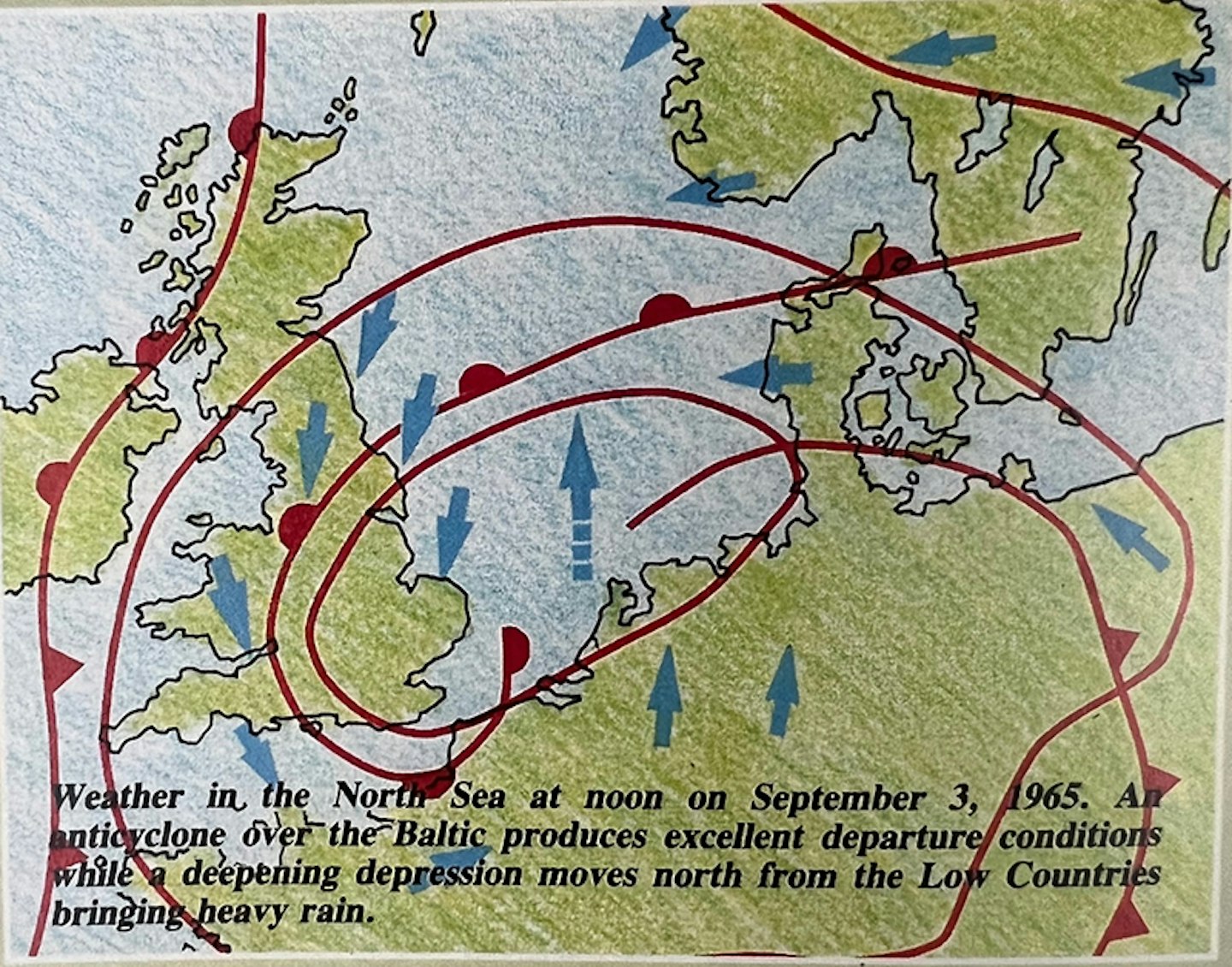
Accordingly I collected a Pied-billed Grebe at Chew Valley Lake on the evening of the 3rd and set off for a cock Black-eared Wheatear between Cley and Salthouse early on the 4th.
My log of that day and the next reads thus: “Ostensibly Karin (my first wife) and I went to receive the Wheatear which had been present since August 31, but I had at the back of mymind the unusual weather system over the southern North Sea on the night of the 2nd/3rd. This had produced fine departure conditions over Lower Fenno-Scandia, an acceleration corridor of NE wind from Denmark to the East Coast and a blocking depression over the Low Counties, Kent and Essex (see map). So there could be other birds to see.
We were hardly through Fakenham (still six miles from the coast) and still finding lowering clouds when the first migrant Wheatear appeared. Within two miles of the coast, more appeared and parties of hirundines moved west. Along the marsh road to Salthouse, Wheatears and also Whinchats bobbed about in all directions. Clearly a fall had occurred. We parked behind the shingle ridge and disembarked straight into a “carpet” of grounded night migrants and a “heavy stream” of coasting waders. Clearly the event was more than a fall – it was at least a crash!
The way to the Black-eared Wheatear had already been trodden but the common birds just rolled back from and around their human observers. In addition to the now inevitable Wheatears and Whinchats, we were soon enjoying Redstarts and Flava wagtails on the deck and Spotted Redshanks above it.
Joining up with the men of Selsey Bill – like us, taking a Norfolk sabbatical – we gawped at their news of many Bluethroats and an odd warbler along Blakeney Point.
Overflown by a migrant Hobby, we hurried on for the Wheatear, and finally found it on a barbed wire fence by the east Salthouse Marsh. It was a splendid bird but a long adoration did not seem appropriate in the amazing circumstances of the now calming day. So we turned back into the “carpet of birds” and looked for a rarity of our own.

Approaching a hillock, we ran into flycatchers, first a few Spotted and second a whole bunch of Pieds, and then cast about in the higher weeds for Bluethroats. There were none, but something about a particularly tame Pied attracted me.
Yes, it was paler/greyer; yes, it did have a full wing-bar and a faint collar effect on its nape. Incredibly, we seemed to be faced with a Collared Flycatcher. We spent half an hour on it and at ranges down to 20 feet and with several Pieds close by, we ended up fully convinced that it was indeed a Collared.
With embarass de richesse more of a problem than ever before in our two decades of birdwatching and our three hours half-spent, we decided that a dash up Blakeney Point was the best ploy. Hastily we ran through the chats back to the car, tore round to the Coastguard – noting Lesser Whitethroats bouncing about in cottage gardens – and pushed out along Cley Hythe for the Watch House.
Even from the sparsest cover, Redstarts could be flushed and when we reached full sueda growth, the full spectrum of the crash, nay avalanche, became apparent. Three species of Sylvia were prominent, with Lesser Whitethroats and Garden Warblers outnumbering Whitethroats by three to one, and Redstarts were simply everywhere, with glimpses of scudding Bluethroats regularly thrown in. On grassy areas, Wrynecks snaked about and in one, a Red-backed Shrike was encircled by a frieze of Willow Warblers and odd Chiffchaffs. All the way, the shingle seethed with Wheatears and Whinchats.
We crossed to the last big sueda belt before the Watch House and there immediately began to flush streaked Acrocephalus warblers. I put one up from my feet and with the sun almost fully through, its plumage tone dazzled me. Surely it was no Sedge? True to Dungeness form, the bird took a look back from its perch. It was a superbly striped Aquatic Warbler, just about the best marked I had ever seen. Happily it played the game for the Selsey Billers who were hard on our heels.
We all wondered what the next delicacy would be. Alas for us, nothing. Our watches had “go home” time on their faces, and with a glimpse of a Hippolais warbler to make our departure even more painful, we turned back for the car and our neglected pipit 100 miles south (no, not a bird. but the nickname of my first daughter).
There was no evidence of an inland fall at Warren Wood (Epping Forest) but so extraordinary had been the morning that by 22.00 hours, I had made plans to return to North Norfolk with Bob Emmett on the 'morrow.
Bob and I arrived at 06.45 hours, noting migrants still scattered inland. Bob wanted to photograph the Black-eared Wheatear before joining the general hunt and with this in mind, we pushed across Salthouse Marsh. We were not the first humans of the day,however, and such a stir ensued that the Wheatear wisely got lost. We left a pointless melee and recommenced my general search of yesterday.
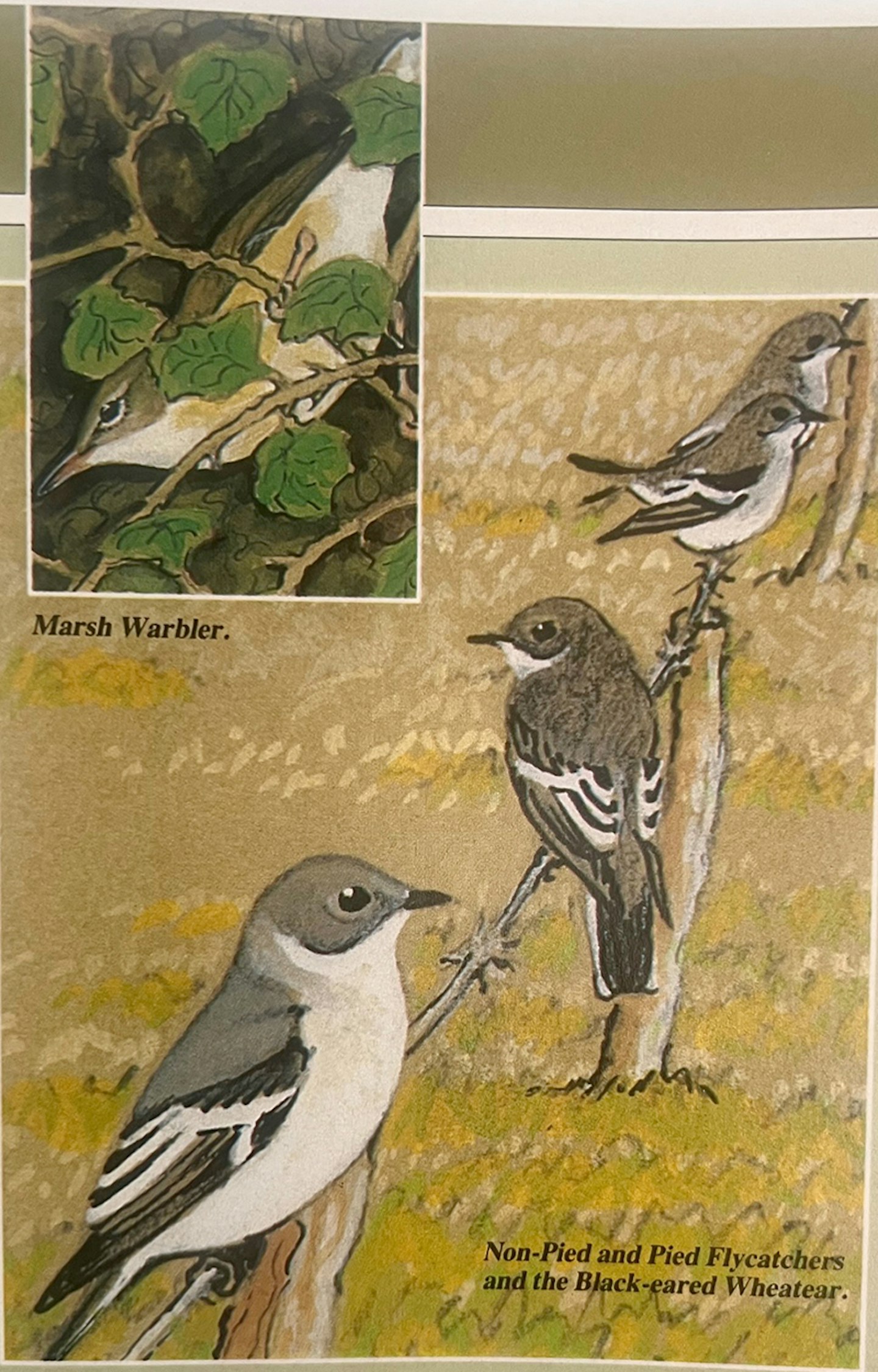
Whinchats seemed even commoner, being all over the corn fields too, and other new species had reached the area. Some early Siskins were the best. A stalk after a Wryneck and then a Bluethroat took us along the marsh's main southern dyke and as we came to a bend in it, a weakly flitting bunch of feathers got up and dived into some rushes.
“Crake?” asked Bob.
“Why not?” I answered.
Bob was right. A gentle push of the cover produced splendid views of a Spotted Crake. Sharing the ditch were Wood and Green Sandpipers.
The overhead passage was not as pronounced as that of the day before, but odd birds such as Grey Wagtails were moving all the time. Whinchats really were everywhere but we could find no warblers and very strangely no sign whatsoever of the Collared or other flycatchers. We voted to turn back and try some other spots.
Refuelling the car produced no lull in birds. Cley village was still full of them and Walsey Hill was still swarming with Sylvia warblers, again led by Lesser Whitethroats and Garden Warblers, and Redstarts. We took stock and decided that a shingle bash might still produce something.
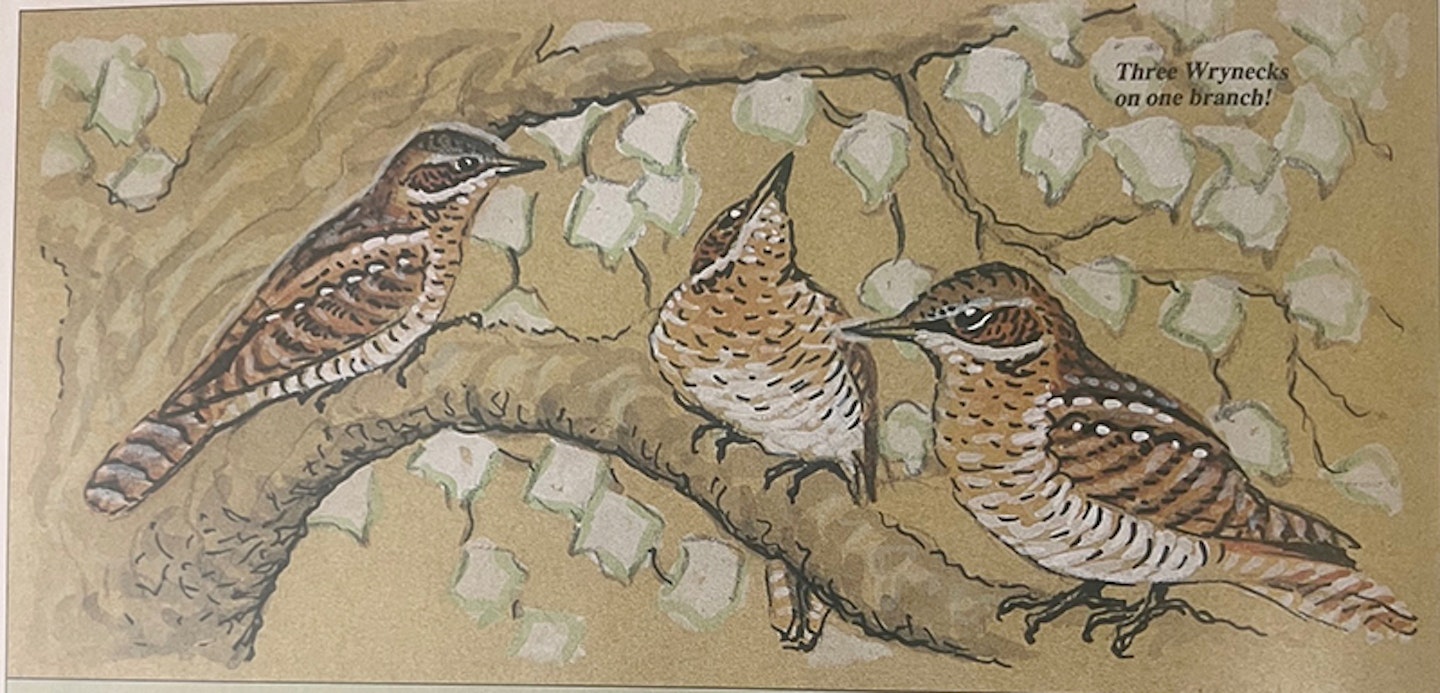
Moving out along Blakeney Point, I assessed that overnight departures had removed about 80% of yesterday's birds but Redstarts still flitted between every bush, with odd Wrynecks, Red-backed Shrikes and Bluethroats regularly causing further adrenalin surges.
By the Hood, I flushed a large, dark, somewhat streaked pipit. It went high, circled, called out, and landed. Three quarters of an hour later, it was still performing that sequence of acts and we still had not named it. Stupidly fixated with turning it into my first Richard’s, we forgot all about a Water Pipit which is what it obviously was, in retrospect!
The Point’s lupins and wood held no real surprises, except a Nightingale, but five Wrynecks in one tree – three on one branch – made one of the day’s highpoints.
We turned back east, anxious for some close views of Bluethroats. Free of other observers, we shepherded two, one a fine male, into some thin sueda and enjoyed, at long last, long views of the birds feeding on the ground. The satin sheen of the red and blue on the adult male's throat was breathtaking.
Back at Cley, we saluted Richard Richardson. Even he had never seen anything like it and we eagerly swapped our birds with his. Our misses were Dotterel, Hoopoe, two Barred Warblers, Great Grey Shrike and Ortolan, but really we had nothing to lament.
Anyway we had a half hour left and voted for the thickets at Weybourne. Once again, they were full of birds. Two new species of warblers showed; two Blackcaps were not exceptional but a Marsh Warbler was. We should have hunted on but our fairly shattered state could not cope with brambles, nettle and five foot high bracken. Finally, heavy-footed, we made tracks for home?
If you found the above tale remarkable, pause awhile. The truth is that the crash/fall onto the North Norfolk coast was a mere fraction of the truly huge avalanche of birds that fell upon Suffolk. There, in the early afternoon of the 3rd, there was an average 12.5 birds to the metre over 40 kilometres of the coast and its hinterland. At places in North Norfolk, there was one bird to the metre but we saw less than 10% of the main event!
In my birdwatching life, the great immigration of early September 1965 remains unparalleled (see Peter Davis's paper in British Birds 59: 353-376 for the full East Coast story and read Norman Elin's excellent Weather and Bird Behaviour (1983) to understand the weather factor more).

Strangely the episode is a mixed memory for me, hugely nostalgic but also continually puzzling. Why were there so few (relatively) rarities within it? Where were the Greenish Warblers that we would now expect? Why, when a 1951 early September fall swamped us with Robins, was there in my counts only one in 719 other chats?! Why did only Karin, Bob and I make Lesser Whitethroats equal commonest with Garden Warblers? And what was so impossible about our Collared (or Semi-collared) Flycatcher that it got rubbished when all could see the Black-eared Wheatear was real and no Aquatic Warblers breed in Fenno-Scandia?!!
Ah, well. This is the stuff of – not just real birdwatching – not just the magic carpet of a big fall but also the tantalisation of some difficult birds I shall muse for ever!
